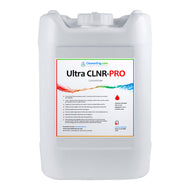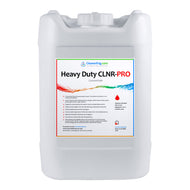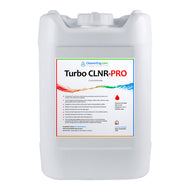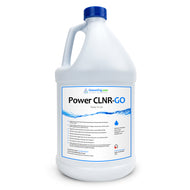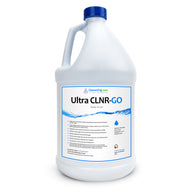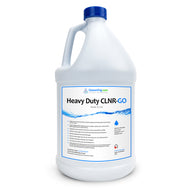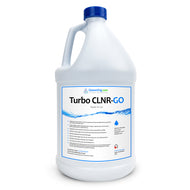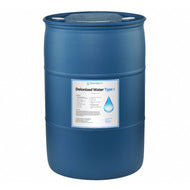Precision Bearings & Parts Cleaning
Many contamination-sensitive production lines require the 'fine' or 'ultrafine' particle removal efficiency. Advances have been made in this field pioneered by the CleanerEng.com team.
How to remove 'ultrafine' particles >10 - 100 nm?
A new line of products was designed by the CleanerEng team for semiconductor cleaning standards, named 'Electro CLNR-PRO'. It is electrostatically formulated to charge the surface and washout the foreign particles of >10-100 nm (and bigger compounds).
It is now used in these operational COP cleaning methods:
- Ultrasonic batch washers
- Megasonic cleaning machines
The 'Electro CLNR-PRO' line works very well in ambient and better yet in heated temps.
How to remove the 'fine' particles >100nm - 2500nm?
To remove >100 nm and bigger compounds via power washing, agitating bath soaking, or sonic batch washers are commonly used in FEOL or BEOL processes. We recommend the same 'Electro' line for precision parts as is used for super-critical semiconductor applications. Alternatively, the more economical 'Power', 'Ultra' and 'Heavy Duty' brands are now used in applications requiring the removal of 'fine' particles and bigger molecular compounds.
For degreasing and sticky residues, we recommend 'Ultra' or 'Heavy-Duty' CLNR-PRO concentrates containing pH12 and 14 respectively.
For BEOL steps (back end of the line) and final cleaning, we recommend the 'Power CLNR-PRO' with pH 10.
For parts with mixed materials, including softer plastics and rubber - we recommend using the 'Green CLNR-GO' premixed with DI-Water Type 1 to pH 8-9 levels.
Applications:
- Aerospace sensors, gyroscopic, steering bearings manufacturing
- Precision high-speed miniature bearings manufacturing steps
- Automotive load bearings degreasing and cleaning
- Precision metal parts cleaning in watchmaking
- Critical assembly stainless steel and ceramic parts
- In refurbishing steps degreasing and cleaning of bearings
The Rinsing Steps:
Rinsing steps are required after each cleaning cycle. Our detergents are caustic and will cause corrosion if not rinsed. All cleaning cycles must be followed by a distilled water or DI (deionized) H2O rinse.
DI-water Type 1 is the highest purity water recommended for mixing and rinsing across operations in Critical Cleaning. From Semiconductor to Medical to Labs Type 1 Deionized water is the prescribed standard for Critical Applications' cleaning. You can buy it at CleanerEng.com if your business is located in the continental USA.
To select the right cleaner for your needs please forward your request to sales@cleanereng.com

